Do you know the difference between a safety helmet and a hard hat? If not, don’t worry – you’re not alone. Many people are unsure of the differences between these two types of headwear.
In this article, we will discuss the key differences between safety helmets and hard hats. We will also provide some tips on which type of headwear is best for different applications.
Table of Contents
What are Safety Helmets?
Safety helmets are designed to protect the wearer from head injuries. They are made of durable materials such as plastics and composites. A safety helmet must fit snugly and securely on the head in order to be effective.
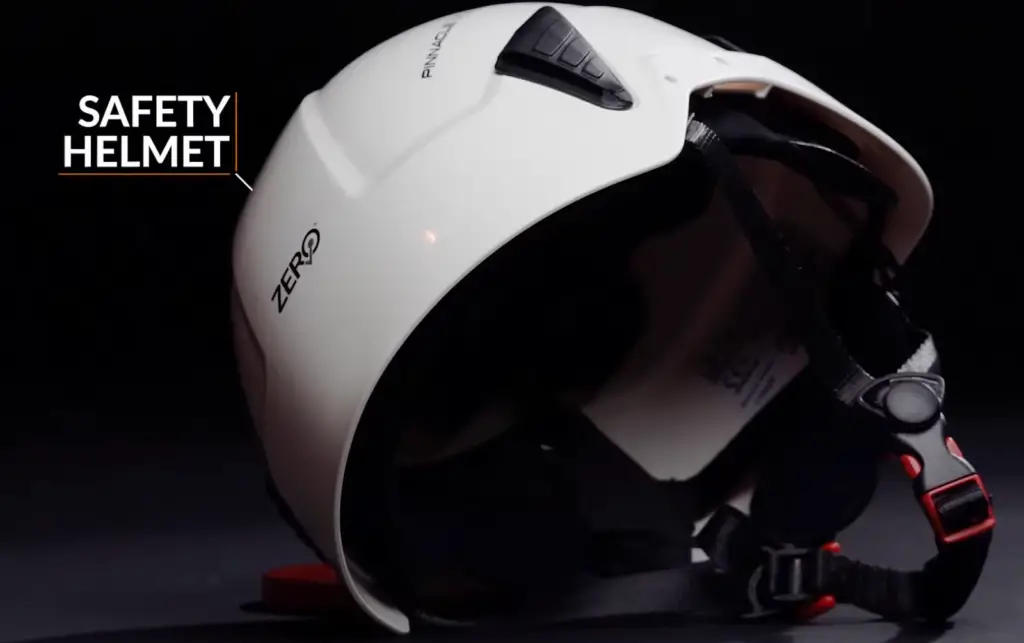
ANSI Types for Hard Hats and Safety Helmets
There are three types of safety helmets:
- Type I – Hard Hats;
- Type II – Safety Helmets;
- Type III – Bump Caps;
What is a Hard Hat?
A hard hat is a type of safety helmet that is designed to protect the wearer from head injuries. Hard hats are made of tough materials such as plastics and composites. They need to fit snugly and securely on the head in order to be effective.
What is a Safety Helmet?
A safety helmet is a type of safety helmet that is designed to protect the wearer from head injuries. Safety helmets are made of durable materials such as plastics and composites. A safety helmet must fit snugly and securely on the head in order to be effective.
What is a Bump Cap?
Bump caps are a type of safety helmet that is designed to protect the wearer’s head in case they hit their head. Bump caps are made of tough materials, like plastics and composites, so they fit snugly and securely on your head.
ANSI Classes
EN Standard
In the European Union, it is required by law to wear a hard hat when you are working. The Personal Protective Equipment Directive 89/686/EEC specifies that the hard hat must be CE-marked and meet the EN 397 standard.
This standard specifies the requirements for safety helmets that are designed to protect the head from impact and penetration from falling objects. [1]
The requirements cover:
- Impact attenuation;
- Penetration resistance;
- Resistance to lateral deformation (LD);
- Holes in the shell;
- Rolling stability test;
- The rigidity of the retention system;
- Choice of materials;
- Design, manufacture, and assembly tests;
Lifespans
A safety helmet is usually not as durable as a hard hat. This is because a safety helmet is made of softer materials, which makes it more likely to become damaged over time. Hard hats, on the other hand, are made of harder materials, which makes them more durable and longer lasting.
Features
A safety helmet is a headgear that helps protect the wearer from injuries. A hard hat, on the other hand, is a type of safety helmet that specifically protects against impacts.
Design
A safety helmet is designed to protect the wearer’s head from injuries. It usually has materials that can absorb impacts, such as foam or padding. A hard hat, on the other hand, is designed to specifically protect against impacts. It is usually made of a harder material, such as plastic or metal.
Differences Between Safety Helmets and Hard Hats
There are several key differences between safety helmets and hard hats that are important to know. These include:
- Hard hats offer more protection than safety helmets;
- Safety helmets are typically made of softer materials than hard hats;
- Hard hats must be worn correctly in order to provide adequate protection;
- Safety helmets are generally less expensive than hard hats;
- Hard hats are required in more hazardous workplaces than safety helmets;
- Hard hats offer more protection than safety helmets;

There are different types of hats that offer protection. Hard hats are designed to protect you from a lot of different things like falling objects, electrical shocks, and getting hit in the head. Safety helmets are only for protecting you from falling objects. Hard hats offer more protection than safety helmets.
- Safety helmets are typically made of softer materials than hard hats.
Safety helmets are usually made of soft, lightweight materials such as plastic or polystyrene. Hard hats, on the other hand, are typically made of more durable materials such as fiberglass or Kevlar. The difference in material hardness is important because it affects how well the hat will protect you in a collision.
Harder materials will dissipate the force of a blow better than softer materials, meaning that you are less likely to be injured if you wear a hard hat rather than a safety helmet.
- Hard hats must be worn correctly in order to provide adequate protection.
In order for a hard hat to protect you, it needs to be worn correctly. This means that the brim must be facing forward and the straps must be tightened so the hat doesn’t fall off if you get hit. If you wear it backward or loose, it won’t work as well.
- Safety helmets are generally less expensive than hard hats.
Safety helmets are typically less expensive than hard hats because they are made of less expensive materials. However, this does not mean that safety helmets provide less protection than hard hats. If worn correctly, both types of hats will protect you equally well.
- Hard hats are required in more hazardous workplaces than safety helmets.
In general, hard hats are required in more hazardous workplaces than safety helmets. This is because hard hats offer more protection than safety helmets. If you work in a place where there is a risk of falling objects or electrical shocks, you should wear a hard hat. If you work in a less hazardous environment, a safety helmet may be sufficient. [2]
The Hard Hat Makeover
A safety helmet is a type of personal protective equipment that helps protect your head from injuries. Hard hats are usually used in construction, utility, and industrial settings. They are also worn by workers in hazardous environments, like those who work with chemicals or in mining operations.

A hard hat is a type of helmet that is designed to protect your head from impacts, falling objects, and electrical shocks. Hard hats are made from strong materials, like plastic and metal, and they have a suspension system that helps absorb impact.
Safety helmets help protect your head from injuries if you fall, or if something falls on your head. They are also made from strong materials, like plastic and metal, and they have a system that helps to reduce the impact if you fall.
Modern Safety Helmets
Most safety helmets are made of molded thermoplastic or composite materials. They have a suspension system to keep the helmet from resting directly on your head.
Most also have a ratchet-type adjustment to make sure it fits snugly. They also have ventilation holes to keep you cool, and some even come with removable ear protection or face shields.
There are three main types of safety helmets: full-brim, half-brim, and cap style. Full-brim models offer the most protection from the sun and from debris falling from above, while half-brim models offer better ventilation. Cap-style helmets are the lightest and most compact, making them a good choice for workers who need to wear other safety gear like hearing protection. [2]
Head Protection Categories
There are three different categories of head protection.
There are three types of helmets: Type I, II, and III:
- Type I helmets protect only the top of your head and are not appropriate for most industrial applications;
- Type II helmets have a brim and protect your head from impacts, splashes, and flying debris. They are commonly used in construction and general industry. Type I and II helmets do not need to have ANSI approval;
- Type III helmets, b both top-of-head and side protection and are the most common type of head protection used in industry today. Hard hats must be ANSI-approved in order to be used in the workplace [2];
How Do I Know If a Hard Hat Is ANSI Approved?
It’s important to make sure that any hard hat you use in the workplace is ANSI-approved. Here are some tips for identifying ANSI-approved hard hats:
- Look for the ANSI logo on the front of the hard hat;
- Check the label inside the hard hat for the ANSI Z89.1 designation;
- If you can’t find either of these, contact the manufacturer to confirm that the hard hat is ANSI-approved;
When Do I Need to Wear a Hard Hat?
FAQ
What is the difference between a safety helmet and a hard hat?
The main difference between a safety helmet and a hard hat is that safety helmets are designed to protect the head from impact, while hard hats are designed to protect the head from falling objects.
Why are safety helmets important?
Safety helmets are important because they can protect your head from serious injuries. Serious head injuries can happen when your head hits something, or when something hits your head. Safety helmets can help to prevent or reduce the severity of serious head injuries.
How do safety helmets work?
Safety helmets work by absorbing the energy of an impact and distributing it over a larger area. This helps to protect the brain from the force of the impact.
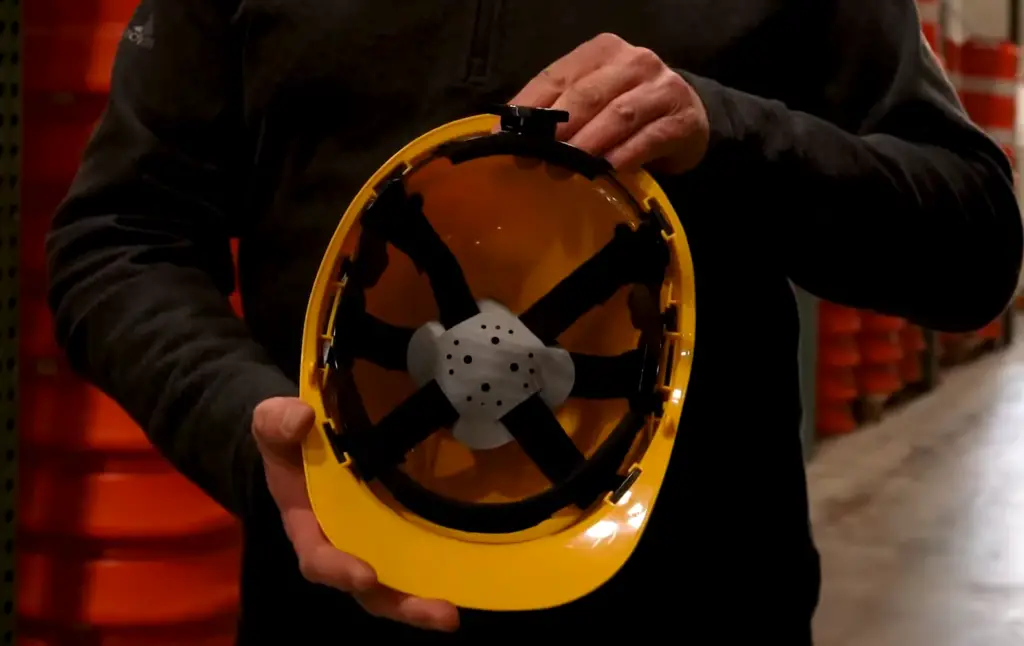
Are there different types of safety helmets?
Yes, there are different types of safety helmets. Some safety helmets are designed for specific activities, such as biking, skiing, or rock climbing. Other safety helmets are designed for general use.
What are hard hats?
Hard hats are designed to protect the head from falling objects. They are usually made of tough plastic or metal. Hard hats are required in some workplaces, such as construction sites.
How do hard hats work?
Hard hats work by reflecting or absorbing the force of a blow from a falling object. This helps to protect the head from being injured by the object.
Is a hard hat a helmet or a hat?
This is a common question. The answer is both a hard hat and a helmet. A hard hat is made out of materials like plastic or aluminum. It helps to protect your head from injuries. A helmet also protects your head, and it is usually made out of materials like plastic or aluminum.
Is a helmet the same as a hat?
No. A helmet is a type of personal protective equipment (PPE) that helps protect the head from injuries. Hard hats, on the other hand, are designed to protect workers from falling objects and other hazards on construction sites and in other industries.
What are the different types of helmets?
There are many different types of helmets, each designed for a specific purpose. Some of the most common types of helmets include:
- Bicycle helmets;
- Motorcycle helmets;
- Construction hard hats;
- Sports helmets;
How do helmets work?
Helmets work by absorbing the energy from an impact and spreading it over a larger area to help protect the head from injury.
What is a safety hard hat?
A safety hard hat is a type of personal protective equipment (PPE) that helps protect the wearer from potential injuries due to falling objects or debris, electrical shock, and other workplace hazards. Hard hats are required in many workplaces, especially construction sites, factories, and warehouses.
There are two main types of hard hats: full-brim and cap. Full-brim hard hats provide more protection from the sun and from falling objects because they have a brim that extends all the way around the head. Cap hard hats do not have a brim and are less common.
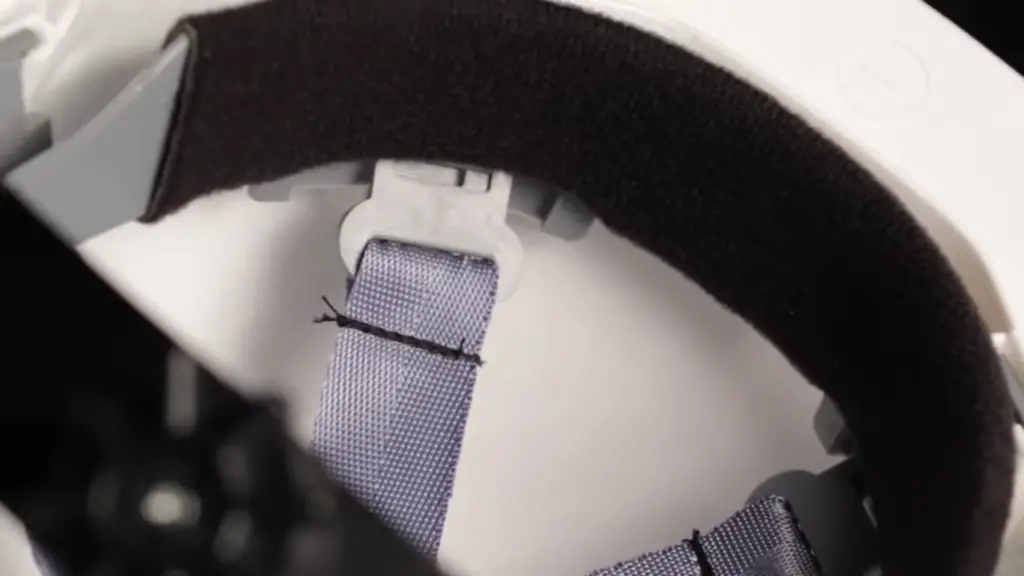
There are different types of hard hats. They can be made from plastic, metal, or fiberglass. The suspension system in the hard hat helps to distribute the weight and also absorbs impact if you fall or hit your head.
What is the difference between a safety helmet and a hard hat?
The main difference between a safety helmet and a hard hat is that hard hats are required in many workplaces, while helmets are not. Hard hats are made from different materials, including plastic, metal, and fiberglass.
They also have a suspension system to help distribute the weight and absorb impact. Helmets, on the other hand, are generally made from softer materials, such as foam, and do not have a suspension system.
Can you wear a hard hat as a bike helmet?
The quick answer is no. Hard hats are designed to protect you from blunt force trauma and falling objects, while bike helmets are designed to protect your head during a fall by absorbing the impact.
While hard hats may offer some level of protection in the fall, they are not designed or certified to do so and should not be worn as bike helmets.
What is the difference between a construction hard hat and a regular hard hat?
Construction hard hats are designed to offer more protection than regular hard hats. They are typically made of thicker, more durable materials and have special features like face shields and ear flaps to protect workers from debris and other hazards on the job site.
How long do hard hats expire?
Most hard hats have a shelf life of about 5 years. After that, the materials start to degrade and the hat may no longer offer adequate protection. If your hard hat is damaged or expired, be sure to replace it with a new one as soon as possible.
What is a Type 2 safety helmet?
A Type 2 safety helmet is a device that helps protect your head. It has an outer shell and a suspension system. The suspension system is what keeps the helmet in place on your head and also helps to spread the energy from an impact across the surface of the helmet.
The most common type of suspension system in safety helmets is a webbing system with four or more suspension points. This system is adjustable, so the helmet can be worn comfortably by workers of different head sizes.
Type 2 safety helmets are suitable for a range of applications, including construction, utilities, manufacturing, and landscaping.
What is a Type 1 safety helmet?
A Type 1 safety helmet is also known as a hard hat. It is a device that helps protect your head from impact and from objects falling from above.
A Type 1 safety helmet is different from a Type 2 safety helmet. The outer shell and the suspension system are the same, but the suspension system in a Type 1 helmet is not adjustable like in a Type 2 helmet.
This means that a Type 1 helmet is less comfortable to wear than a Type 2, but it is more suitable for work environments where there is a risk of objects falling from above.
Useful Video: Hard Hats vs. Safety Helmets
Conclusion
When it comes to workplace safety, it’s important to know the difference between a hard hat and a safety helmet. While both offer some level of protection, there are distinct differences that can make one or the other more appropriate for your specific needs. In general, hard hats are better suited for protecting against impact injuries while safety helmets provide greater coverage against electrical shock and burns.
Make sure you understand the hazards present in your workplace and choose the right type of head protection accordingly.
Do you have any questions about choosing the right safety helmet or hard hat? We’re here to help.
References:
- https://www.powerpak.net/blog/hard-hats-vs-safety-helmets-whats-the-difference/
- https://www.rhoadeslegal.com/2020/01/14/differences-safety-helmets-hard-hats/

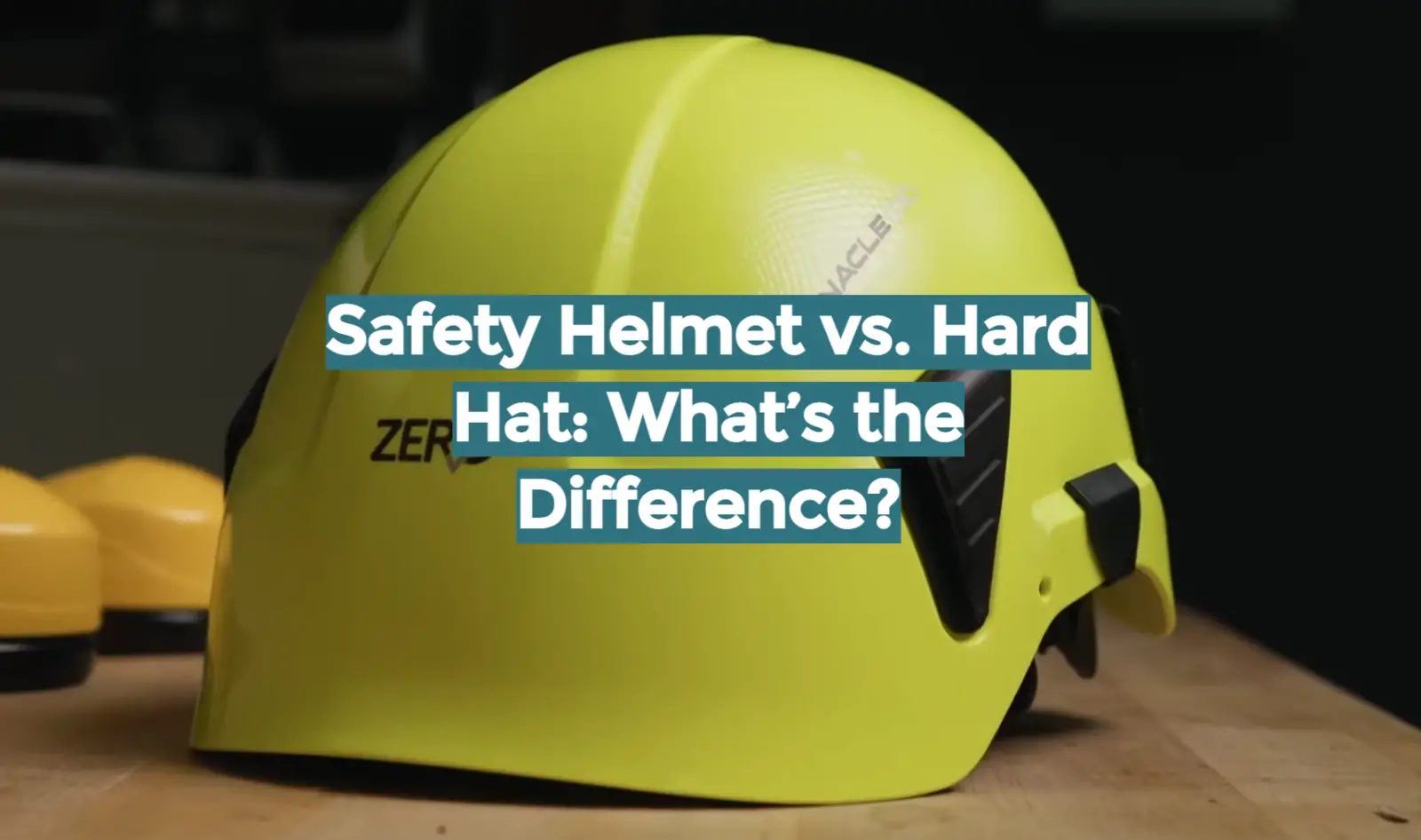

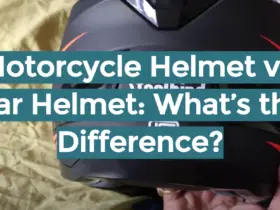
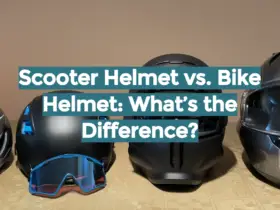
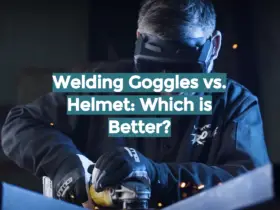
Leave a Reply